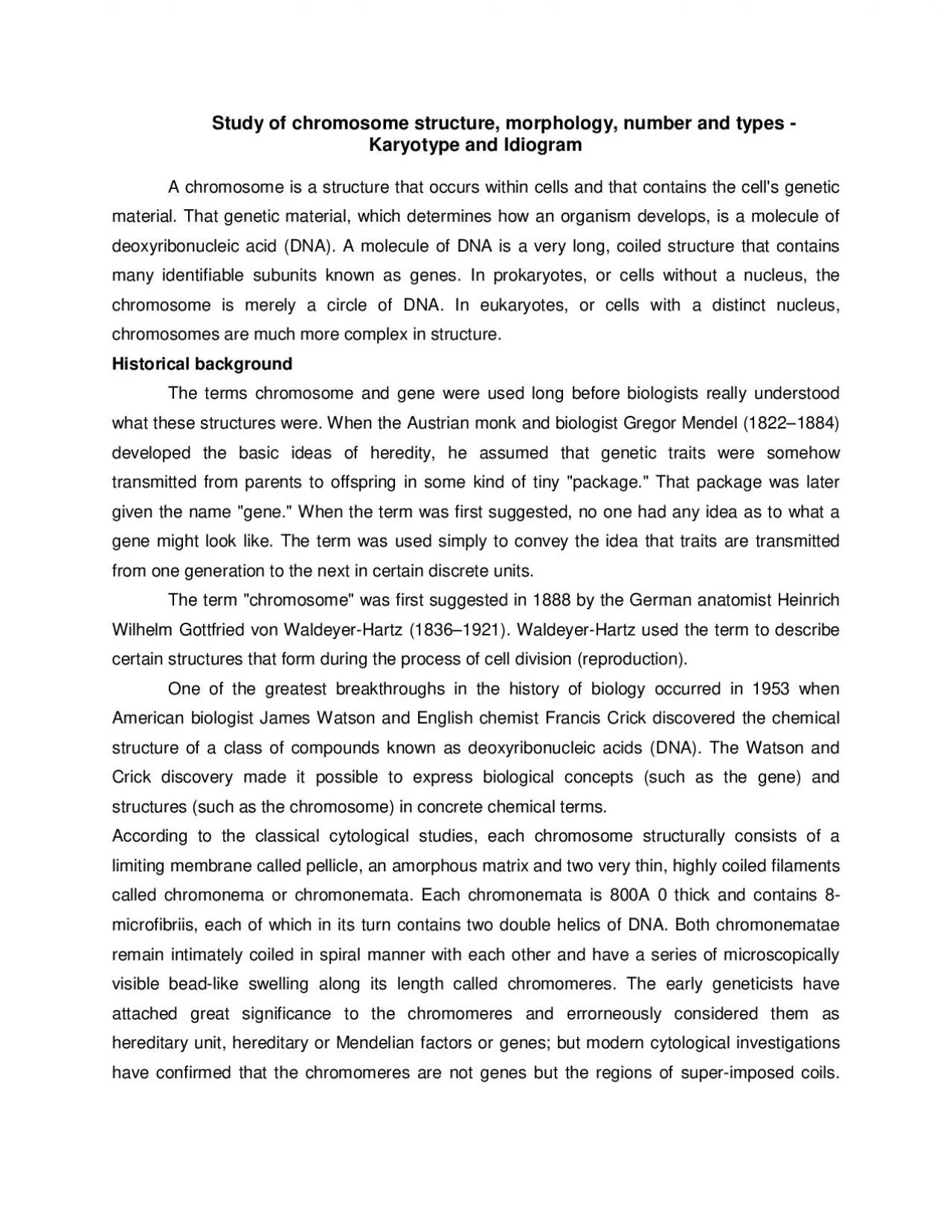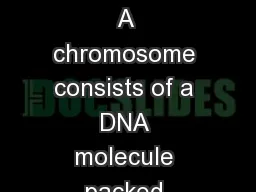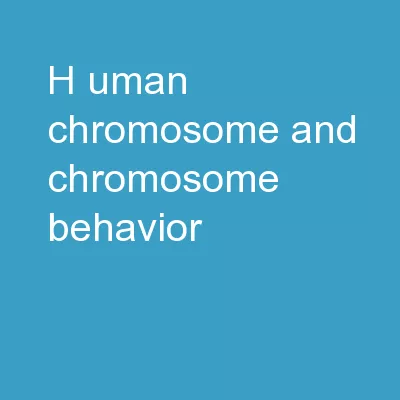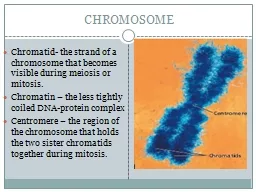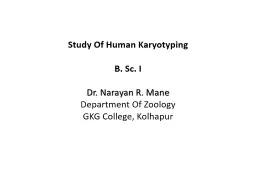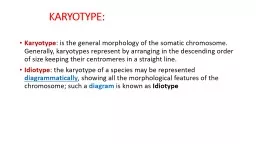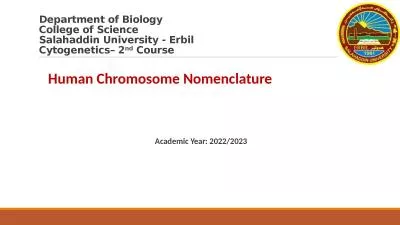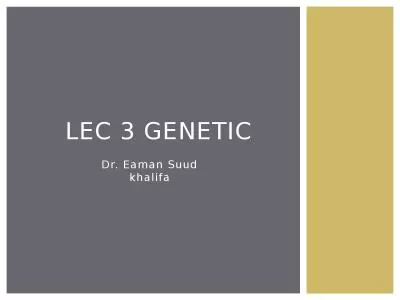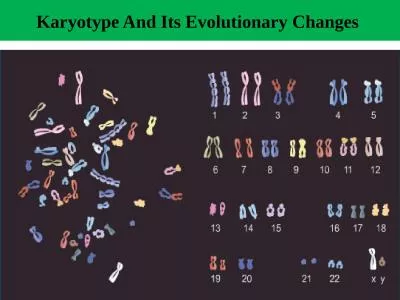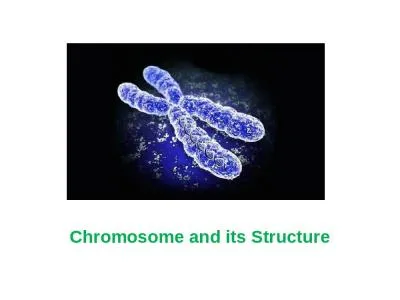PDF-Study of chromosome structure morphology number andtypes Karyotype a
Author : dorothy | Published Date : 2022-10-27
The recent cytological findings have also condemned the view that chromosomes have pellicle matrix and chromonemataA Nucleolus organizer B Chromosome C NucleolusThe
Presentation Embed Code
Download Presentation
Download Presentation The PPT/PDF document "Study of chromosome structure morphology..." is the property of its rightful owner. Permission is granted to download and print the materials on this website for personal, non-commercial use only, and to display it on your personal computer provided you do not modify the materials and that you retain all copyright notices contained in the materials. By downloading content from our website, you accept the terms of this agreement.
Study of chromosome structure morphology number andtypes Karyotype a: Transcript
Download Rules Of Document
"Study of chromosome structure morphology number andtypes Karyotype a"The content belongs to its owner. You may download and print it for personal use, without modification, and keep all copyright notices. By downloading, you agree to these terms.
Related Documents

